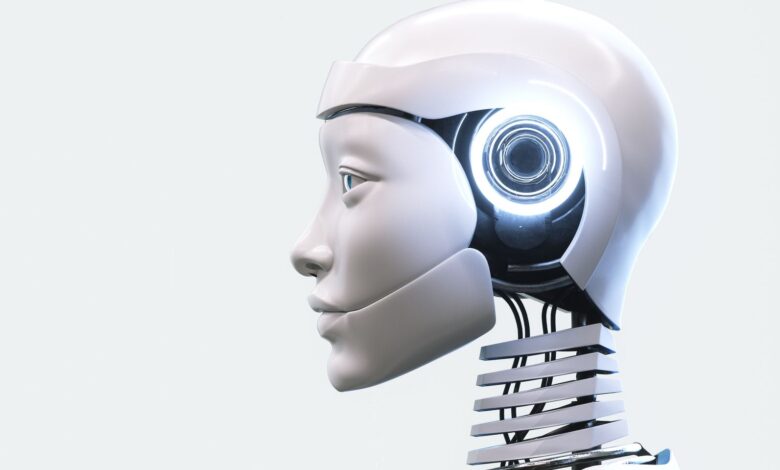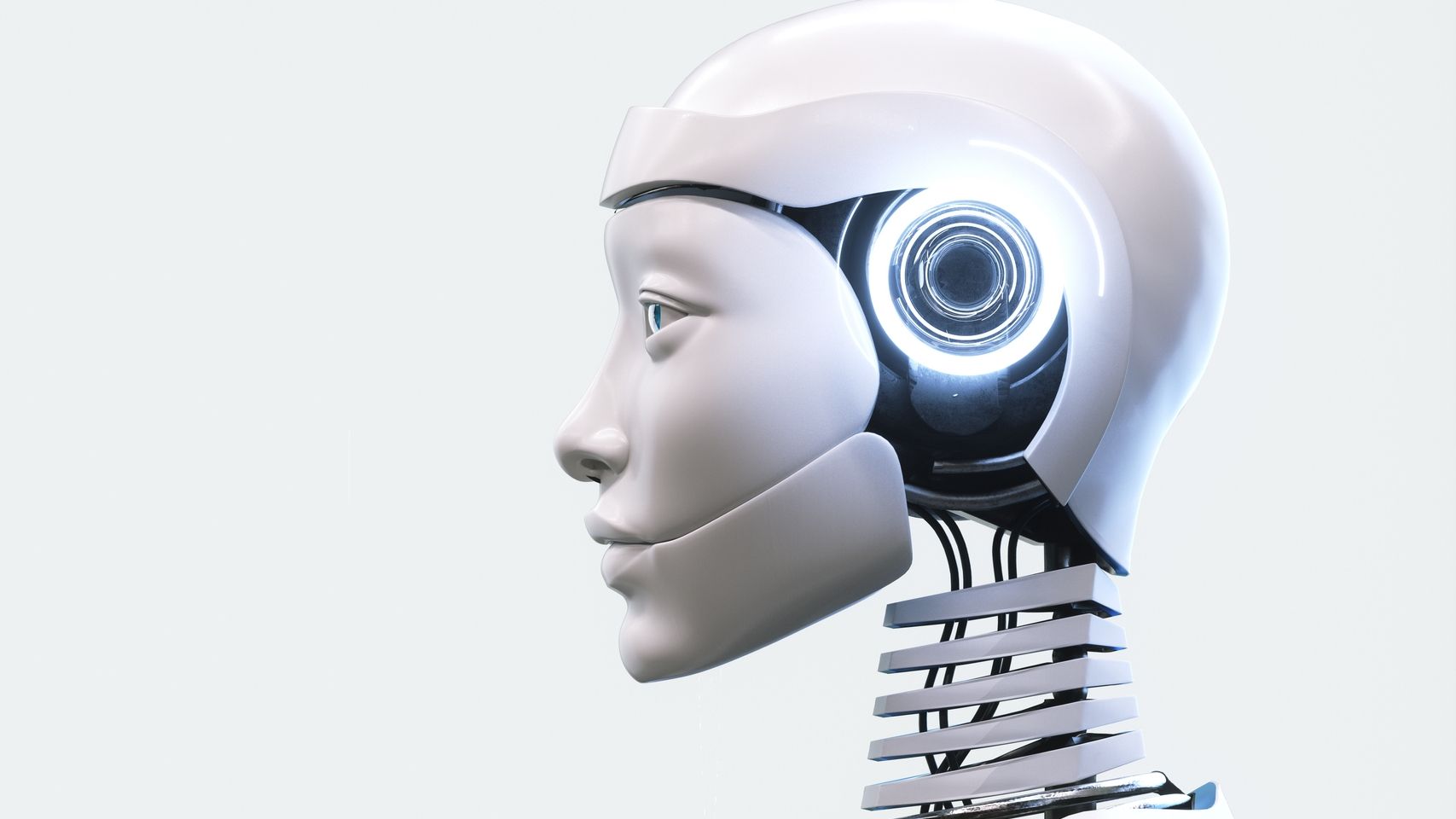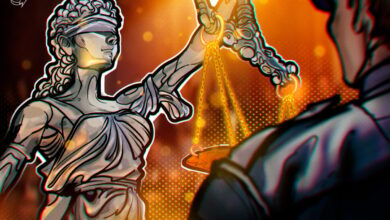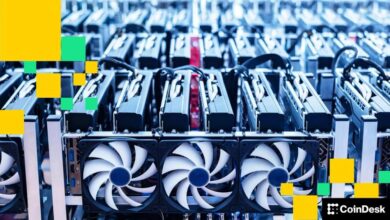The Future is AI-Centric, and Blockchains Must Be So


Every few decades, a new technology comes out that changes everything: the personal computer in the 1980s, the internet in the 1990s, the smartphone in the 2000s. And while AI agents are riding a wave of excitement in 2025, and the tech world isn’t asking if AI agents will reshape our lives – it’s asking how soon.
But for all the excitement, the promise of decentralized agents remains unfulfilled. Most of today’s so-called agents are little more than glorified chatbots or copilots, incapable of true autonomy and complex task handling — not the autopilots that are true AI agents. So, what is holding this revolution back, and how do we move from theory to reality?
The current reality: true decentralized agents do not yet exist
Let’s start with what’s out there today. If you’ve scrolled through X/Twitter, you’ve probably seen a lot of buzz around bots like Truth Terminal and Freysa. They’re clever, highly engaging thought experiments — but they’re not decentralized agents. Not even close. What they really are are semi-scripted bots wrapped in mystery, incapable of autonomous decision-making and task execution. As a result, they cannot learn, adapt or perform dynamically, at scale or otherwise.
Even more serious players in the AI-blockchain space have struggled to deliver on the promise of truly decentralized agents. Since traditional blockchains do not have a “natural” way of processing AI, many projects end up taking shortcuts. Some narrowly focus on verification, ensuring that AI outputs are credible but fail to provide any meaningful utility once the outputs are brought down the chain.
Others emphasize implementation but skip the critical step of decentralizing the AI inference process itself. Often, these solutions work without validators or consensus mechanisms for AI outputs, effectively circumventing the core principles of blockchain. These stopgap solutions may create flashy headlines with a strong narrative and a slick Minimum Viable Product (MVP), but they ultimately lack the substance needed for real-world utility.
These challenges in integrating AI into blockchain stem from the fact that today’s internet is designed with human users in mind, not AI. This is especially true when it comes to Web3, as the blockchain infrastructure, meant to work quietly in the background, is instead dragged to the front-end in the form of clunky user interfaces and manual cross-chain coordination requests. AI agents do not adapt well to these chaotic data structures and UI patterns, and what the industry needs is a radical rethinking of how AI and blockchain systems are built to interact .
What AI agents need to succeed
For decentralized agents to become a reality, the infrastructure that powers them needs a complete overhaul. The first and foremost challenge is enabling blockchain and AI to “talk” to each other seamlessly. AI generates probabilistic outputs and relies on real-time processing, while blockchains demand deterministic results and are constrained by transaction finality and throughput limitations. Bridging this divide requires a custom-built infrastructure, which I’ll discuss further in the next section.
The next step is scalability. Most traditional blockchains are slow. Sure, they work well for human-driven transactions, but agents run at machine speed. Processing thousands — or millions — of interactions in real time? No chance. Therefore, a reimagined infrastructure must offer programmability for complex multi-chain tasks and scalability to process millions of agent interactions without clogging the network.
Then there is programmability. Today’s blockchains rely on strict, if-this-then-then smart contracts, which are great for straightforward tasks but inadequate for the complex, multi-step workflows required by AI agents. Think of an agent managing a DeFi trading strategy. It can’t just execute a buy or sell order — it has to analyze data, validate its model, execute trades on chains and adjust based on real-time conditions. This goes beyond the capabilities of traditional blockchain programming.
Finally, there is reliability. AI agents will be tasked with high-stakes operations, and mistakes will be inconvenient at best, and devastating at worst. Current systems are prone to errors, especially when integrating outputs from large language models (LLM). One wrong guess, and an agent can wreak havoc, whether that’s depleting a DeFi pool or taking the wrong financial strategy. To avoid this, the infrastructure needs to include automated guardrails, real-time validation and error correction baked into the system itself.
All of this must be combined with a robust developer platform with robust primitive and on-chain infrastructure, so developers can build new products and experiences more efficiently and cost-effectively. Without it, AI will remain stuck in 2024 — relegated to copilots and toys that barely scratch the surface of what’s possible.
A full-stack approach to a complex challenge
So what does this agent-centric infrastructure look like? Given the technical complexity of integrating AI into blockchain, the best solution is to take a custom, full-stack approach, where each layer of infrastructure — from consensus mechanisms to developer tools — is optimized for the specific needs of autonomous agents.
In addition to being able to orchestrate real-time, multi-step workflows, the AI-first chain must include a proving system capable of handling a diverse set of machine learning models, from simple algorithms up to advanced AIs. This level of fluidity requires an omnichain infrastructure that prioritizes speed, composability and scalability to allow agents to navigate and operate within a fragmented blockchain ecosystem without any special adaptation.
The AI-first chain must also address the unique risks posed by the integration of LLMs and other AI systems. To mitigate this, the AI-first chain must embed safeguards at every layer, from validating inferences to ensuring alignment with user-defined goals. Priority capabilities include real-time error detection, decision validation and mechanisms to prevent agents from acting on incorrect or malicious data.
From storytelling to solution building
2024 saw a lot of early hype around AI agents, and 2025 is when the Web3 industry will actually cash in on it. It all starts with a radical reimagining of traditional blockchains where every layer — from on-chain execution to the application layer — is designed with AI agents. Only then will AI agents be able to evolve from entertaining bots to indispensable operators and collaborators, redefining entire industries and upending the way we think about work and playing.
It is becoming increasingly clear that businesses that prioritize real, powerful AI-blockchain integrations will dominate the scene, providing valuable services that are impossible to deploy on a traditional chain or Web2 platform. Within this competitive backdrop, the transition from human-centric systems to agent-centric systems is not optional; it is inevitable.




